"FACTORY OF THE FUTURE"
from a child's perspective
The Open Industry 4.0 Alliance invited the children of its employees and members to participate in a drawing competition. The children were given free rein to unleash their creativity and submit their own version of the "Factory of the Future". Their drawings offer an interesting insight into how children view the "adult world" and how they imagine the future.
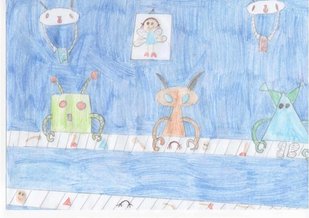
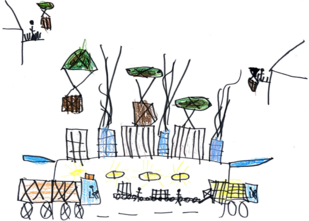

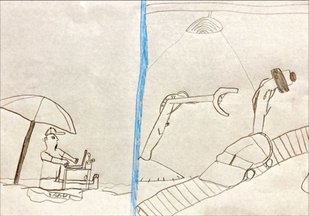
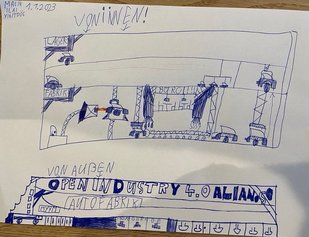
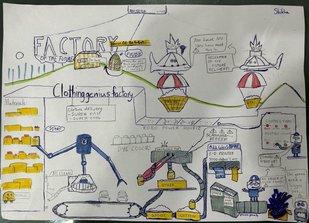
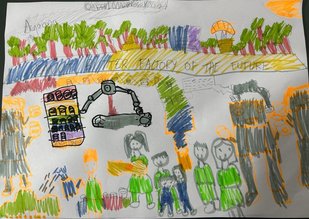
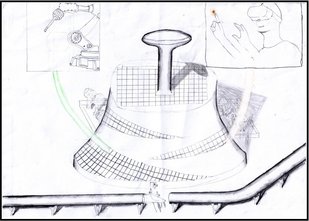
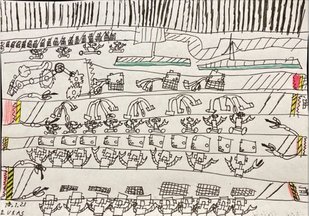

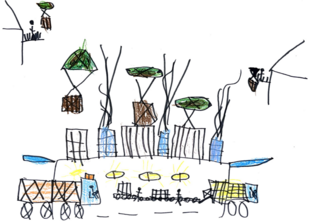
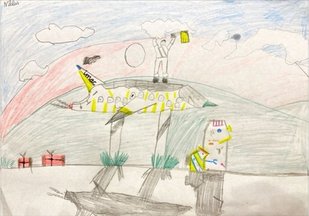
The Open Industry 4.0 Alliance invited the children of its employees and members to participate in a drawing competition. The children were given free rein to unleash their creativity and submit their own version of the "Factory of the Future". Their drawings offer an interesting insight into how children view the "adult world" and how they imagine the future.
When adults think of a factory, they usually think of a well-structured process unit, but if you ask children how they imagine a factory, and in particular a factory of the future, there is more to it than just a process unit. As the submitted drawings show, children sometimes imagine the future similar to a science fiction novel with flying robots. But are these ideas for the future so far-fetched?
There were many innovative ideas among the submissions combining new and existing processes. Among them, clothing produced by 3D printers and delivered to customers via mini-helicopters. The logistic chain to the end customers does not only consist of already known delivery options such as trucks, but is also possible via flying robots or robots that roll from house to house. Other ideas have been even more advanced, with production taken over completely by robots in a darkened factory.
The Corona Pandemic has also changed the way children view work, with one child imagining a robotics expert working remotely from the beach and controlling processes in the factory. Continuing this theme of how the work environment will look, the architecture of the factory also takes on a more futuristic look in another drawing, where it can only be accessed by a special train available to employees.
If you look at what is already possible today, the children are not so far off the mark with their assumptions about the future. The delivery of parcels by drones or robots is still in the early stages, but in a few years, it will probably be part of the normal delivery process. Production exclusively by robots is already a reality in some scenarios today and the idea of a darkened factory fits with the current theme of "saving energy".
The children have a great imagination, but as you can see from the drawings, current topics do not pass them by and are incorporated into the ideas for the future.
As a small token of our thanks for their participation, the children received a gift package with something sweet to enjoy and painting utensils to continue their creativity. A donation of 1000 euros was also given to the German Children's Cancer Aid for each submitted picture.
Press contact:
Felicitas Schurig, Berkeley Kommunikation
Tel. +49 89 747 262 41
E-Mail: OIA_de@berkeleypr.com